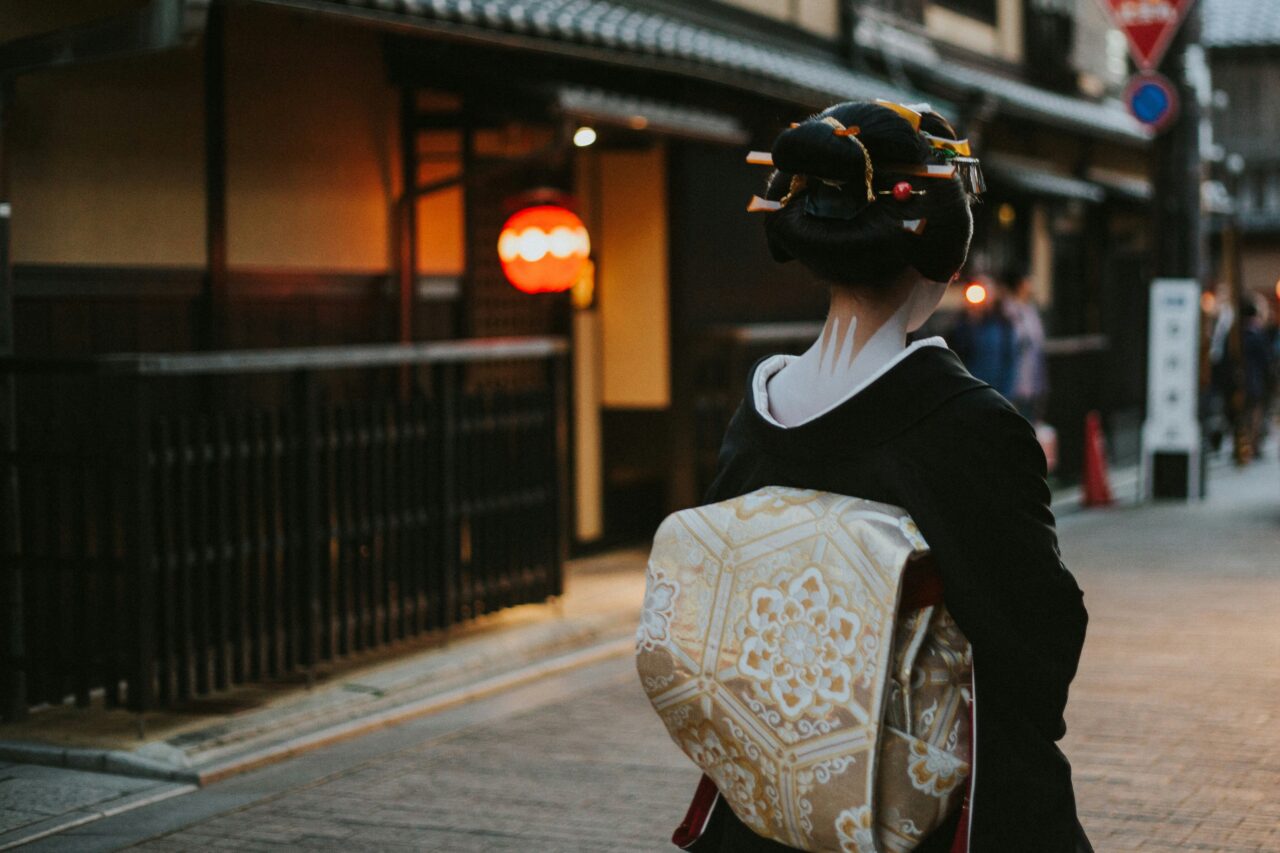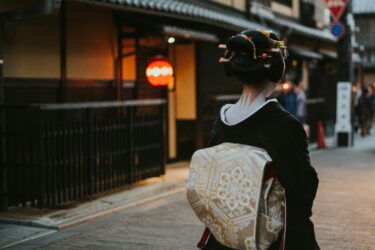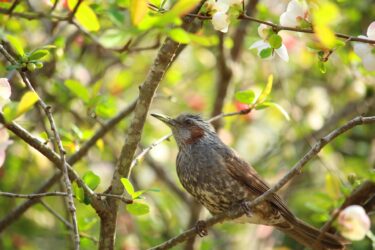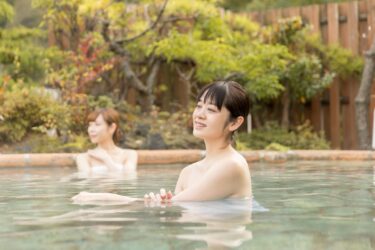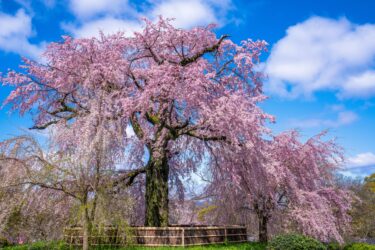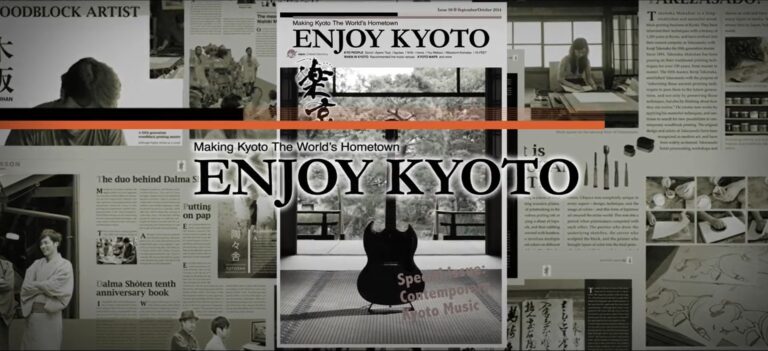Everyone recognizes Hanamikoji Street from photos. It’s the iconic shot of Kyoto, a must-have for any visitor to the city. Beyond the beautiful facades is a living, working neighborhood with its own rules, rhythms, and history. This guide provides the practical insights you need to appreciate the living culture here.
Key Takeaways
- Respect is Paramount: Hanamikoji is a real neighborhood where people live. Be mindful of photography rules on private streets and never disrupt Geiko or Maiko on their way to appointments.
- Experience Both Day and Night: Hanamikoji has two distinct personalities. The bustling, tourist-filled daytime, while the lantern-lit evening reveals the street’s authentic, magical character as the evening business begins.
- Support Local Businesses: The best way to experience and contribute to Gion’s living culture is by patronizing its local establishments. Choosing to spend your money at the traditional sweet shops, artisan stores, and local restaurants is a direct way to support the community that makes Hanamikoji so special.
An Introduction to Hanamikoji Street
Hanamikoji Street (Hanamikoji-dori) stretches from Shijo Street and extends southward into Gion. Head north from Shijo, and you’re in a world of department stores and modern shops. On the other hand, stepping onto Hanamikoji Street’s southern stretch feels like a journey to the past. This part of the street is lined with traditional wooden machiya houses, the gentle radiance of paper lanterns, and exquisite, smooth stone-paved lanes immediately evoke the essence of the historic Gion district.
The Two Sides of Hanamikoji Street
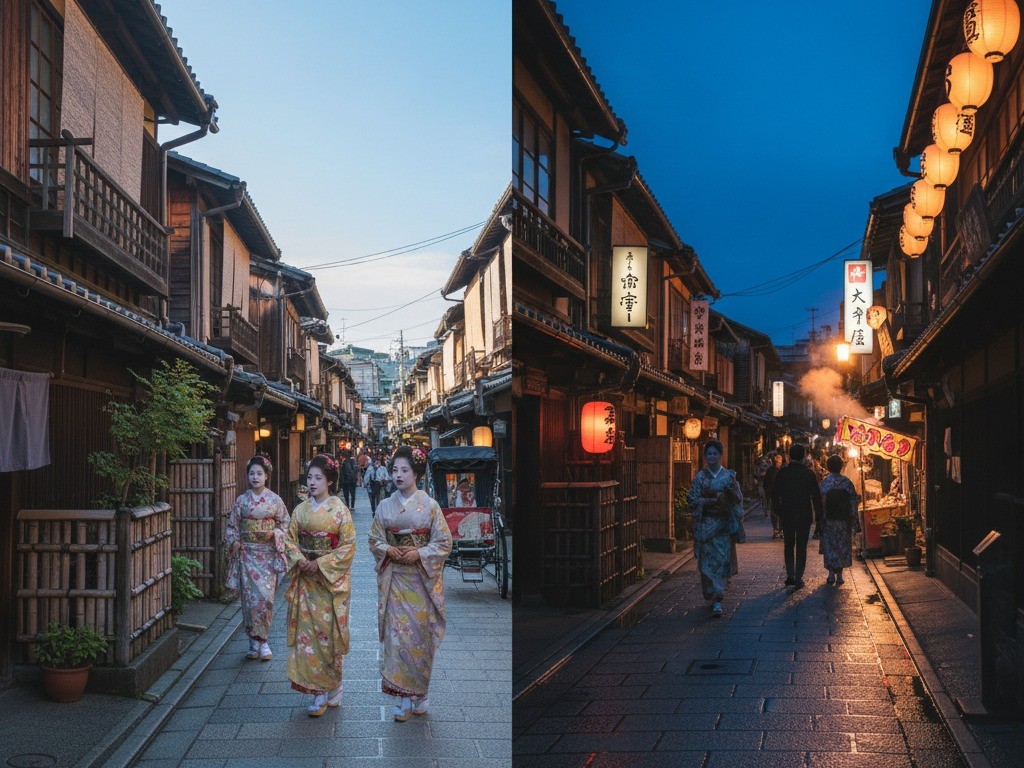
Come here mid-afternoon and you’ll be met with a sea of people. It’s a bustling, vibrant, and slightly chaotic scene filled with tourists in rented kimono, school groups on field trips, and souvenir hunters. It’s easy to get swept up in the energy, but what if you played a different game?
Try to spot the details everyone else is missing. Notice the curved bamboo fences at the base of the buildings? Those are inuyarai, designed to protect the delicate wooden walls from becoming damaged by things like mud, gravel, and water.
Look up at the second-story windows with their intricate wooden lattices, called mushiko-mado. These provided ventilation and privacy, their designs often subtly indicating the trade of the family who lived there.
As dusk settles, the street’s character shifts dramatically. The daytime crowds disappear, and the souvenir shops close. This is when Hanamikoji shows its true colors.
The paper lanterns that light up outside the ochaya (teahouses) and exclusive restaurants signal that the business is open and ready for evening customers.
Understanding the World of Geiko and Maiko
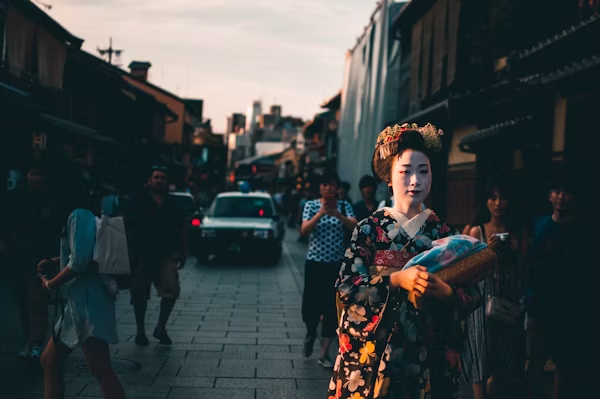
The elegant figures you might see gliding down the street are Geiko (the Kyoto term for geisha) and Maiko, their apprentices. Maiko are the younger trainees, often distinguished by their more elaborate kimono with long, trailing sleeves and intricate hair ornaments. Geiko are the senior, fully-fledged artists, whose attire is typically more subtle and subdued, reflecting their experience and mastery.
Their role is to act as the ultimate hostesses, entertaining guests at exclusive, invitation-only gatherings in the ochaya (teahouses) and high-end restaurants of Gion. They create an atmosphere of elegance, culture, and refined hospitality.
- 1
- 2

